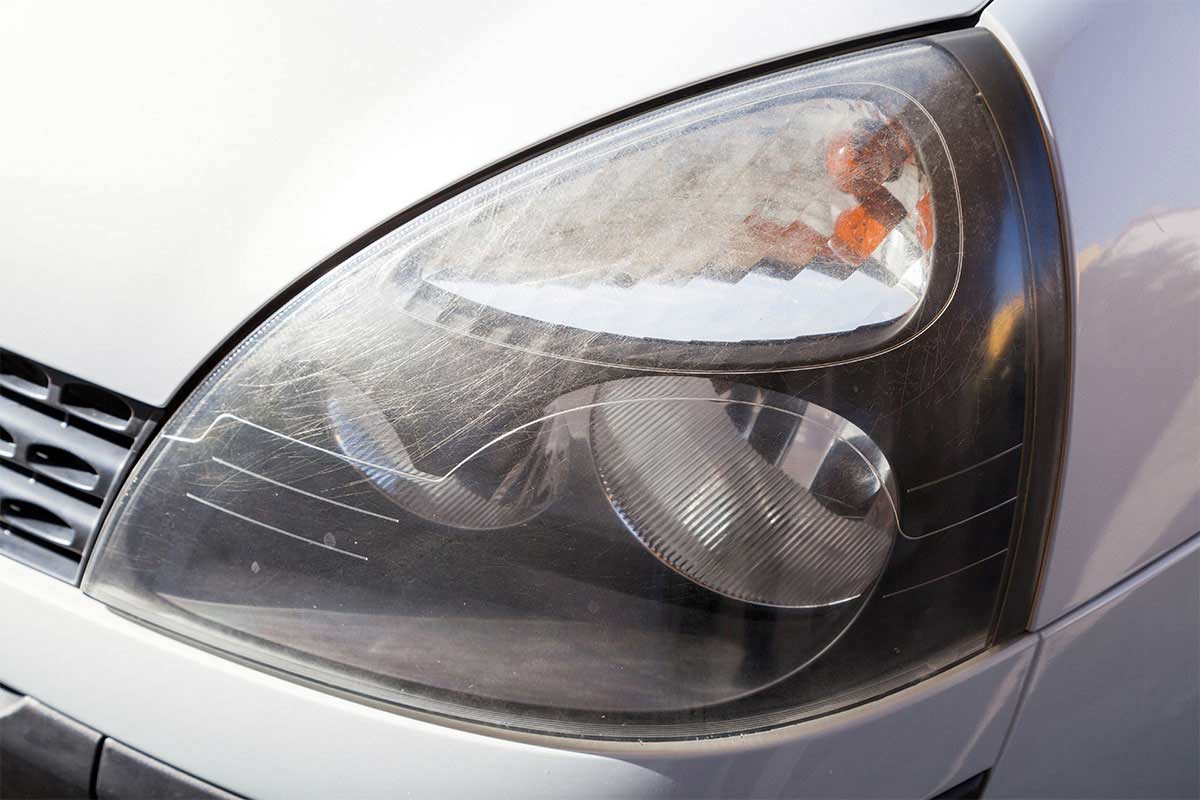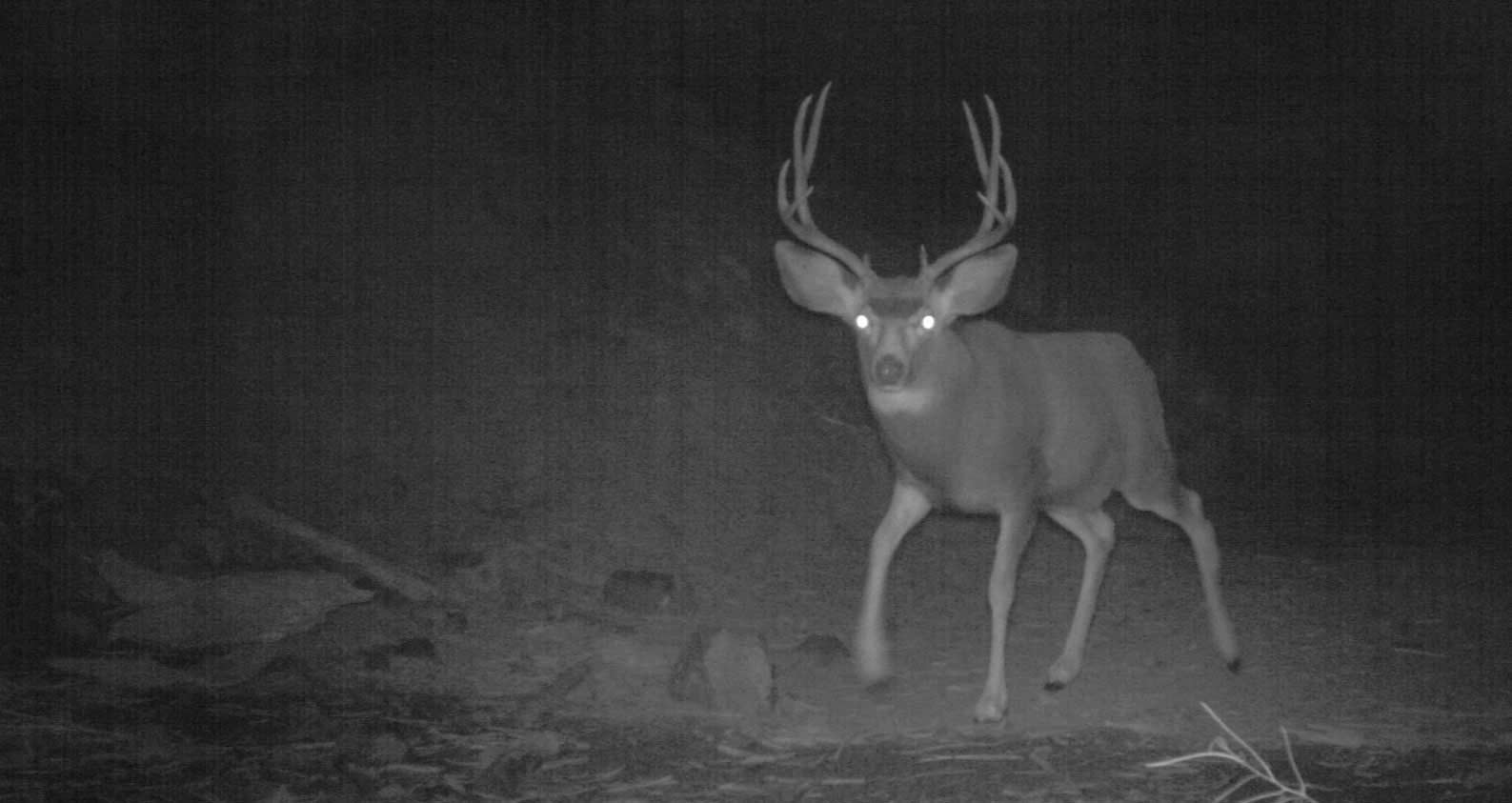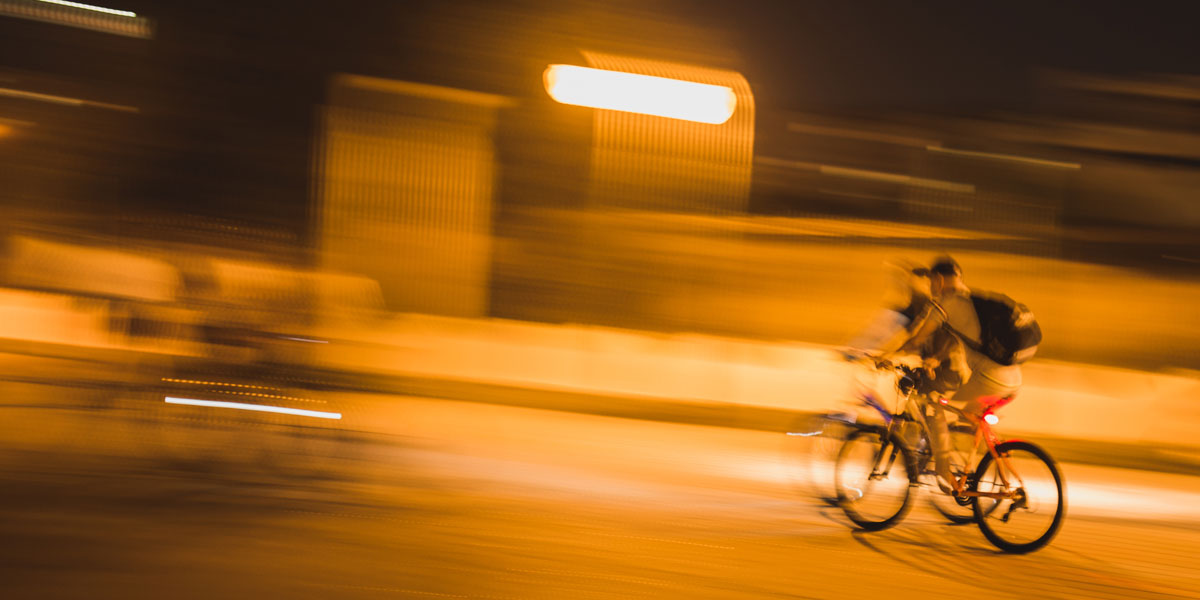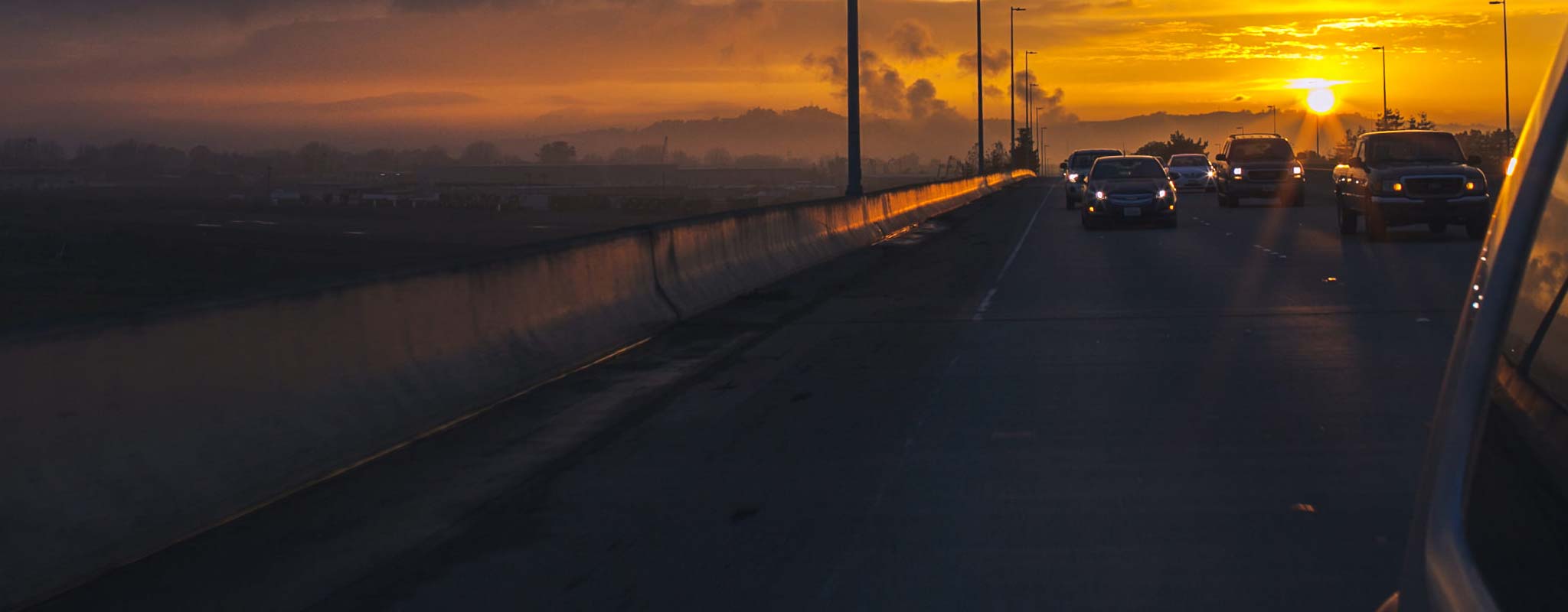Not to Worry: 27 Tips for Safest Night Driving
Driving at night can be a travel delight. Your favorite playlist, the open road, a feeling of adventure — what could be better?
But night driving brings into play some serious safety issues. The overall nighttime crash rate is about one-and-a-half times the daytime rate. Night crashes are statistically more severe, with the fatality rate three to four times that of daylight crashes.
The main problem is lower visibility. Visual cues like pavement markings and road signs are harder to see. Your depth perception, ability to make out colors and peripheral vision are all worse at night. Older drivers can be especially challenged: A 50-year-old driver may need twice as much light to see as well as the average 30-year-old.
Another safety issue is fatigue. Our bodies are programmed to get sleepy when it’s dark. If you are a parent taking advantage of young kids’ sleep time to log travel miles, you may be fighting exhaustion.
Plus, it takes a lot more concentration to drive at night. Here are some tips for getting to your destination safely during your night travels.
Before Your Night Travel
- Have the right tires mounted for the time of year, and make sure they’re properly inflated.
- Avoid having to change a flat after dark by checking your tires for wear. Uneven or too much tread wear makes tire failure more likely.
- Adjust your headlight beams. The aim can get a bit off over time, when the assembly loosens or your vehicle suspension sags. Follow the instructions in your vehicle owner’s manual or in this video.
- Make sure your headlights are clean. If they look foggy or hazy, you can polish them in a few minutes with some toothpaste and car wax to get a lot more light on the road.
SHOP TIRES

- Clean your windshield. Glass with smudges or streaks on the inside or dirt on the outside make it even harder to see when it’s dark. You’ll also get tired quicker from straining to see.
- Dirty mirrors can increase glare. Clean your side mirrors and adjust them slightly downward so you can keep glare from other cars’ headlights out of your eyes.
- Refer to our summer road trip checklist or winter road trip checklist to make sure everything else on your vehicle is ready.
While You’re Underway
- Turn your headlights on an hour before the sun goes down and keep them on an hour after dawn. This improves your visibility to other drivers when the sun is low in the sky.
- Stay within the speed limit. You can’t see as far at night. With your low beams on, you can only see a maximum of about 250 feet in front of you on unlit roads. You’ll need that much or more to come to a stop, depending on your speed and the road conditions.
- Keep alert by frequently checking all your mirrors. Staring straight ahead for long periods will strain your eyes and lower your attention level.
- Don’t fight drooping eyelids or wait until you’re nodding off to stop. Do something to get your blood flowing and increase your attention, like doing a few stretches or taking a short walk. Get yourself a cup of coffee, or even take a short nap.

- Any time you need to stop, pull as far over onto the shoulder as you safely can and turn on your hazard lights.
- Clean your windshield whenever you make a pit stop or fill up your gas tank. Extra wiper fluid and a clean towel or some rags are good items to have in a road trip safety kit. Create one for summer and one for winter.
- Increase your following distance. Know that feeling when someone is tailgating you with their headlights shining into your rear-view mirror? It’s nerve-racking and the glare in your eyes can make it even harder to see potential problems ahead or by the roadside. Give yourself and others enough space to react.
- Watch roadsides for the reflections of animals’ eyes. Slow way down if you spot them. If you see one deer, there are likely others, so go slowly to be sure you’re past them all.

Deer at night Uploaded by AlbertHerring
[CC BY 2.0 (http://creativecommons.org/licenses/by/2.0)], via Wikimedia Commons
- Turn off interior lights. They can create glare that makes it harder to see the road.
- Dim your dashboard lights.
- Keep your car clear of cigarette smoke. It reduces vision.
- Don’t look directly into oncoming headlights. If light from a car coming the other way is blinding or creates glare, watch the white fog line on the right side of the road. You’ll still be able to see the oncoming traffic through peripheral vision while staying in your lane.
- Use high beams when there aren’t oncoming cars and it's right for the road conditions (no fog or heavy rain). They let you see about twice as far ahead as your low beams (350 to 500 feet) and expand your field of vision to the road shoulders. You must turn them to back to low at least 500 feet from an approaching vehicle and when you're within 200 to 300 feet of the vehicle you’re following.
- Use your fog lights for better visibility if it’s truly foggy, but don’t if it’s not. Using them when it’s clear out is unsafe for other drivers and may be a traffic violation.
- Only use any auxiliary lights you’ve mounted on your vehicle if they’re approved for road use. They can blind other drivers and make it hard for your eyes to adjust when you switch down to regular beams.
- If your rearview mirror has a night setting, use it.
- When you see signs for construction zones, be prepared for redirected traffic lanes, equipment and rough roads.
- Be on the lookout for people on foot or bike. Not everyone knows to wear reflective gear.

- Put down your cellphone. It’s a dangerous distraction, day or night, and it’s a traffic violation in many states to use your cell while driving.
- Above all, be a defensive driver during weekend nights, when there are more drunk drivers on the road.
Night driving can be a great way to beat the traffic and enjoy a little peace and quiet. Just be prepared and drive smart.
Get a free pre-trip safety check at any Les Schwab Tires.
